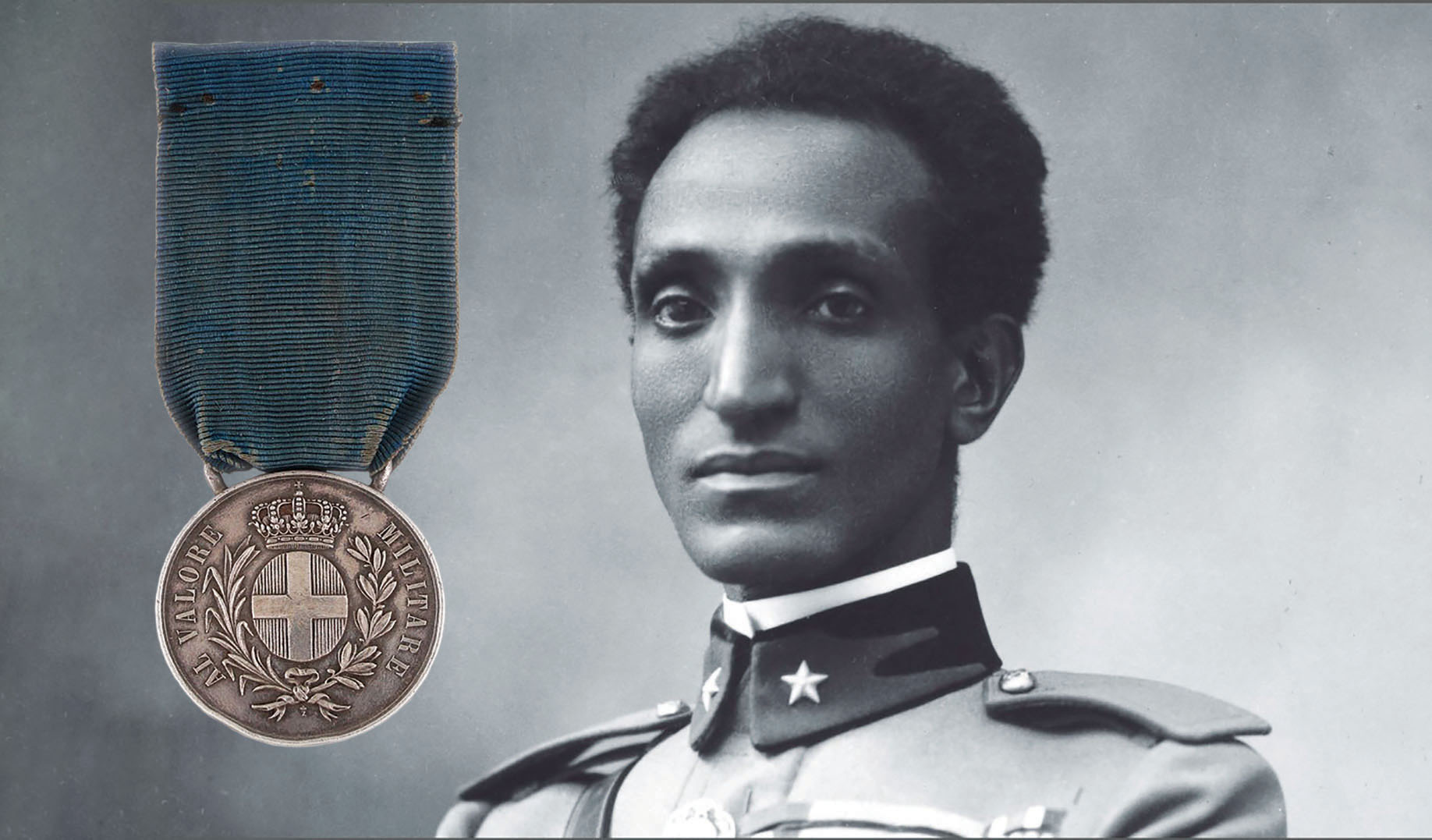During World War I at least five black airmen overcame both the technological challenges of early aviation and the prejudice of peers to enter various wartime air arms. On Nov. 11, 1916, Ottoman navy 1st Lt. Ahmet Ali Celikten, the grandson of a Nigerian Yoruba slave, qualified to fly reconnaissance missions and went on to a career in the Turkish air force. Sgt. William Robinson Clarke, from Kingston, Jamaica, earned his Royal Flying Corps wings on April 26, 1917. In August 1917 Georgia-born Lafayette Flying Corps member Eugene Jacques Bullard entered French service as a fighter pilot, only to be returned to the infantry months later after an altercation with an officer. In 1918 Pierre Réjon of Martinique also flew fighters for the French. He was killed in a postwar crash.
Beating all four of these intrepid pioneers into the air, however, was an East African orphan. Born in Asmara, Eritrea, on June 30, 1886, Wolde Selassie was a Christian Tigre whose homeland was forcibly colonized by the Italians in 1890. A year later Italian army Col. Attilio Mondelli adopted the 5-year-old orphan. Taken to Italy, the rechristened Domenico followed in his adoptive father’s bootsteps, studying at military colleges in Rome and Modena. Graduating in 1905 as a second lieutenant, he commanded a succession of companies in the elite Bersaglieri infantry. Developing an interest in aviation, Mondelli qualified on Feb. 20, 1914, for a certificate from the Fédération Aéronautique Internationale.
When Italy entered World War I on the Allied side on May 24, 1915, Capt. Mondelli was assigned to the 7th Reconnaissance and Combat Squadron and flew numerous reconnaissance missions in Nieuport IVMs. Amid the First and Second Battles of the Isonzo, between May and August 1915, Mondelli was cited for zeal in seeking out Austro-Hungarian artillery. On Feb. 18, 1916, he took command of the newly formed 7th Bombardment Squadron. In this role he led raids on the Austro-Hungarian–held regions of Slovenia and Venezia Giulia using Caproni Ca.33 trimotor bombers. From July 14 to 25, 1917, he commanded the XI Bombardment Group, comprising the 2nd, 3rd, 4th, 6th and 15th Squadrons.
At that point Mondelli returned to an infantry role. On October 10 he was promoted to major and assumed command of the XXXIII “Crimson Flames,” a newly formed unit of special assault troops dubbed arditi (“the daring”). On May 1, 1918, Mondelli took command of the 1st Battalion, 242nd Infantry Regiment and led it during the June 15–24 Battle of the Solstice along the Piave River. On August 19 he was promoted to lieutenant colonel. By war’s end his battlefield leadership earned him two Silver Medals for Military Valor, another Bronze Medal and the title of Knight of the Order of the Crown of Italy.
Mondelli led an assault battalion in Albania when Italy tried to assert control over that country through a June 1917 mandate, provoking the Albanians to armed resistance on June 4, 1920. After two months of fighting the Italians abandoned their claims with a protocol signed on August 2. During that time Mondelli was awarded another Bronze Medal for Military Valor.
When the Fascists under Benito Mussolini came to power, Mondelli’s ambitions met a brick wall of racial discrimination. In 1925 his imminent promotion to colonel was blocked by an army that would not permit a black officer to command white soldiers.
He spent World War II sidelined and simply trying to survive until Rome fell to Allied forces in June 1944. Afterward he rejoined the army, rising in rank to lieutenant general in 1968. On June 10, 1970, he was given the title of Grand Officer of the Order of Merit of the Italian Republic, his adoptive nation’s highest order. Mondelli died in Rome on Dec. 13, 1974, leaving behind a remarkable legacy in aviation and military achievements. MH
This article appeared in the November 2020 issue of Military History magazine. For more stories, subscribe here and visit us on Facebook:






